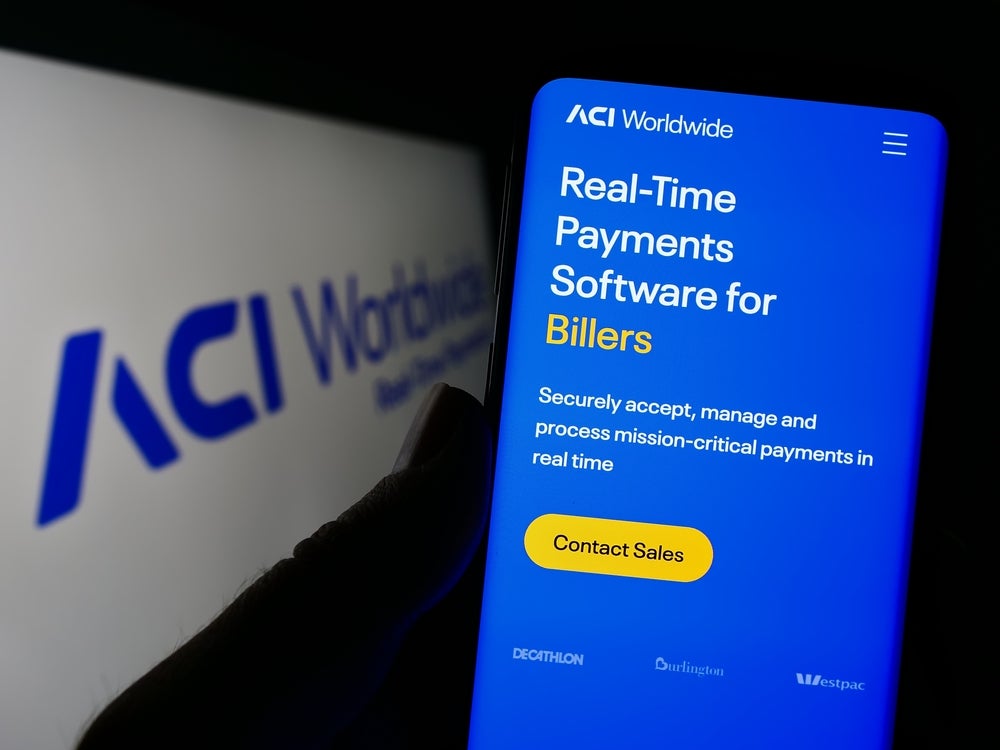Amid a myriad of reports lauding the UK’s progress towards becoming a cashless society, it is important to have a clear understanding of the reality of the situation. Though the architects and proponents of the cashless society would have us believe the case for cash is dead, the truth is that cash is in fact still very much alive. Tim Halford writes
What is also true is that the rationalisation of the bank branch network has created a requirement for the banking and payments industry to innovative in order to continue to provide all communities with a sustainable ecosystem that protects access to cash until such a time as consumers, not the financial industry, determine that it is no longer needed.
Why cash will remain important in future
The statistics are undeniable – the number of contactless transactions and mobile banking utilisation is on a very fast growth trajectory. But the focus on this growth obfuscates the fact that cash still remains a very important part of the payments mix today.
In fact, according to the latest UK Finance report, 90% of the UK still relies on cash to some degree, with more cash in circulation than ever before. Consumers’ allegiance to cash as part of a diverse payments mix is reflected around the world. And, if the latest statements from Sweden are to be believed, this extends to even the world’s most pro-cashless society.
According to the G4S World Cash Report, cash remains the most widely used payment instrument in the world on all continents and in Europe, 79% of point of sale transactions are in cash. Why? Our love affair with cash is based on the fact that its fundamental characteristics reflect the attributes that we most value in a payment instrument, such as: reliability, anonymity, simplicity, security, safety, independence from technology and tangibility.
It is often too easy to overlook the fact that consumers, rightly, don’t see payments as being a competition between cash and cashless, nor do they want to be faced with an either/or proposition. In general, consumers appreciate the freedom to choose. They value the ability to pay in different ways in different circumstances, and having a vibrant payments infrastructure that supports many different options is a necessity for a healthy payments mix and strong economy.
How well do you really know your competitors?
Access the most comprehensive Company Profiles on the market, powered by GlobalData. Save hours of research. Gain competitive edge.

Thank you!
Your download email will arrive shortly
Not ready to buy yet? Download a free sample
We are confident about the unique quality of our Company Profiles. However, we want you to make the most beneficial decision for your business, so we offer a free sample that you can download by submitting the below form
By GlobalDataEarlier this year, Natalie Ceeney published her ‘Access to Cash’ review. This independent review considered consumer requirements for cash over the next five to fifteen years and revealed that approximately eight million (so 17%) of people say that cash is an economic necessity. As the longest-standing player in the global institution of money, cash plays such an embedded and pivotal role in the payments ecosystem that it would be virtually impossible to totally remove it.
Despite this, Ceeney’s report also provided the banking industry with a stark warning. This warning, in Ceeney’s own words, is that we are ‘sleepwalking towards a cashless society’. While one cannot deny that cash is not as widely used as it once was – the GS4 report states that, in Europe, electronic payments have increased by 27% over the past six years – Ceeny makes it abundantly clear that we are far from being ready to be cash-free. The specific processes that would need to be employed for this to be considered, and the time it would take to do so, is just too substantial. And as a society, we would suffer for it.
Those that would be most at risk are those that live in rural communities, where cash is a crucial part of everyday life. It would also disproportionately affect those that are most vulnerable in our society who rely on cash for various reasons, including easier budgeting. This is, evidently, a very worrying prospect.
Innovate through existing local infrastructure
Nevertheless, as banks increasingly focus on their digital infrastructure, the continued closing of local branches is becoming an all too common occurrence. Many towns have already or are set to lose their last bank – and with that, their last ATM too. For this reason, it is incumbent on the payment industry to innovate in order to continue to provide these vulnerable communities with their crucial access point to cash. And as banks consolidate and move out of local communities – reportedly four times faster in the UK’s more deprived areas – making intelligent use of the existing infrastructure is the best way to combat the potentially devastating effects of this.
One potential solution is to make use of existing community access points and underutilised networks. This would support the government’s longer-term aspirations around stability in the payments’ ecosystem. If local bank branches are to be eradicated, it is vital that they are replaced by an equally accessible network, so that vulnerable and rural communities don’t face financial exclusion. By creating a hub of local services, community access points could play a big part in the future of cash in the UK.
For example, the concept of ‘banking hubs’ in communities is one which is gaining traction in the payments industry and could be a sustainable long-term answer for local financial services. They would use ATM technologies to provide customers with all the functions of a bank branch. These hubs would not have a specific bank affiliation, as multiple banks would be present and would share the costs. This means these hubs would be available for any customer. By sharing the burden across multiple banks using ATM technologies, it would be a far more efficient way to provide local, access to cash services.
But these alternatives won’t be enough on their own. In order to ensure these vulnerable, rural areas are not financially excluded – a goal we should all be set on achieving based on the worrying conclusions from the ‘Access to Cash’ review – we need absolute commitment from the financial services industry, the payment systems regulator and the FCA that cash will be protected. To coordinate this crucial coming together of the cash network, a dedicated overarching regulator may be required.
Tim Halford is Cardtronics’ MD for UK and Ireland







